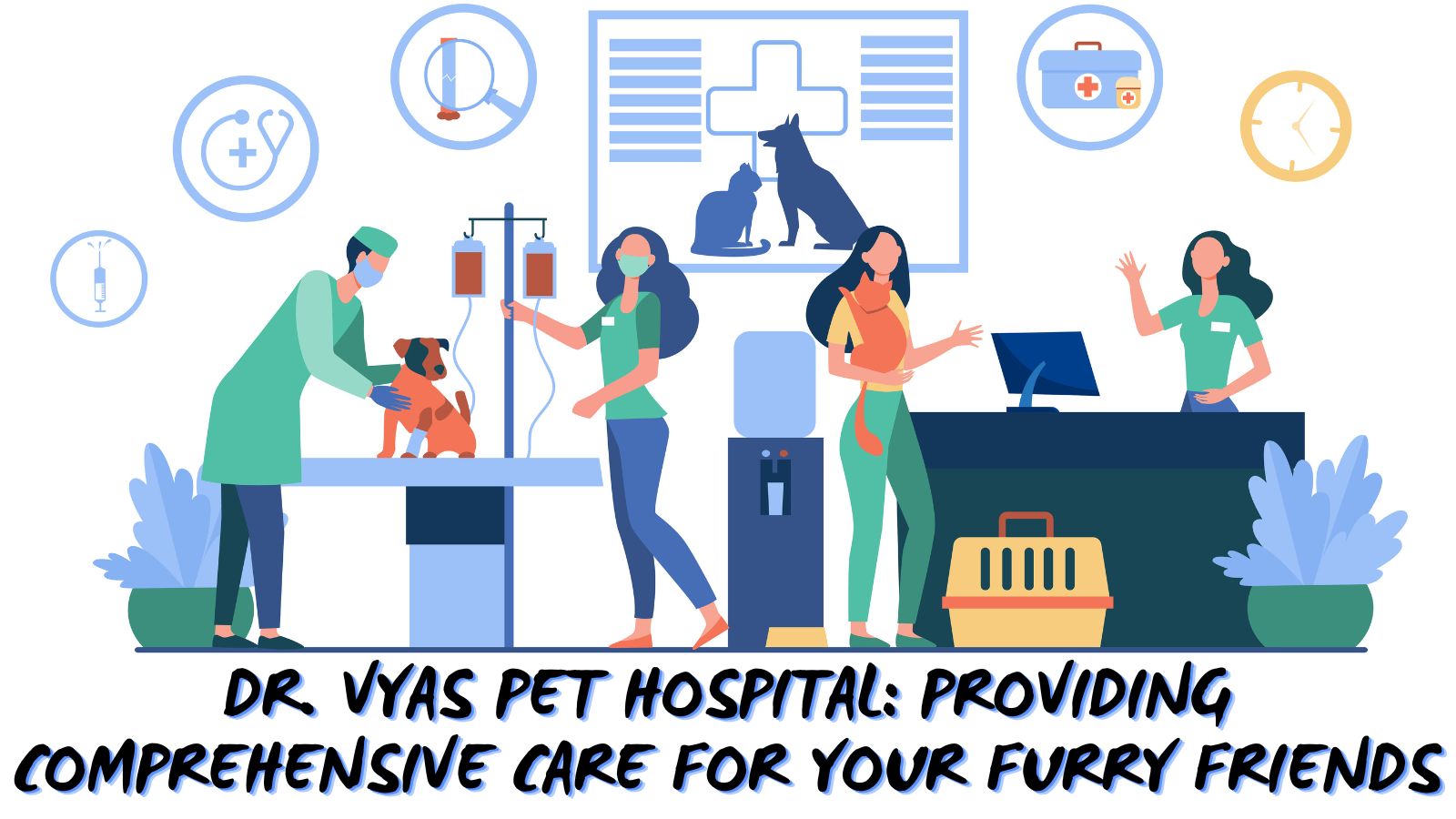
What are Some Foods that Causes Food Poisoning In Your Pet Dog?
Dogs are man’s best buddies since they go everywhere with him: on walks, car rides, backyard games, and cuddles on the couch. Given the time we spend with our pets, it’s only logical to anticipate they’ll be able to join us for meals. However, even foods that are perfectly acceptable to us might be harmful to dogs advised to the Dog Hospital In Dehradun. Symptoms of Food Poisoning In Dogs range from vomiting and diarrhea to dilated pupils and a loss of appetite to agitation, wobbling, and even disorientation. Unless specifically directed by an Emergency Pet Clinic, do not attempt to cause vomiting in your dog if you suspect it has consumed anything harmful. Certain drugs are better left in the dog’s stomach where they can do more harm than good when they come back up.
Dogs are so much smaller than humans, we can consume items that they are unable to. It’s because they’re smaller and lighter and their bodies aren’t able to process as much food as rapidly.
The Canine Journal’s co-founder, Michelle Schenker, writes, “Foods that are suitable for human consumption, as well as other animals, may pose a major threat to your dog’s health and well-being.”
Additionally, dogs are known for their ravenous appetites, and they often don’t know when to stop eating. Large quantities can cause Food Poisoning In Your Pet even if they aren’t hazardous in little amounts says Dr. Vyas Dog Hospital In Dehradun.
According to the Dog Hospital In Dehradun, the following is a summary of what is known regarding foods that are hazardous to dogs and cats:
1. Caffeine, chocolate, coffee
Dark chocolate: Cocoa-based products cause belly pains, seizures, and death in pets. “Poisoning instances often occur around holidays,” the researchers wrote.
Chocolate contains theobromine and caffeine, experts claimed. These chemicals change biological processes and stimulate the CNS and heart. One small slice of chocolate can make a small dog sick (dark chocolate has more theobromine than pale chocolate).
2. Synthetic sugars
Next are xylitol-sweetened goods. Sugar-free gum, candies, bread, and other baked foods often include xylitol. Xylitol’s antibacterial qualities are used in human and pet dental care products.
Dogs are in danger of life-threatening clinical symptoms, researchers wrote. Xylitol promotes insulin secretion, lowering blood sugar dangerously mentioned by the Dog Hospital In Dehradun.
Xylitol poisoning symptoms may appear 30 to 60 minutes after intake or 12 hours later. These symptoms include vomiting, tiredness, difficulty in controlling movements, collapse, and seizures.
3. Garlic, leeks, chives, onions
Onions, chives, garlic, and leeks make dogs and cats sick. They contain organ sulfoxides. When an animal chews the plant, the organ sulfoxides are transformed into Sulphur compounds that tear down red blood cells. Even a small amount of onion (5 grams per kg for cats, 15 to 30 grams per kg for dogs) might induce hazardous blood abnormalities.
The research found 69 dog poisonings and 4 cat poisonings from Allium meals between 1994 and 2008. Cases included raw and baked garlic, Catalan spring onions (called “Cal cot”), onion soufflé, butter-cooked onions, and Chinese chive dumplings. Even when cooked or dried, onions and other Allium plants retain their toxic components, experts said.
In one example, an owner purposefully fed a dog a considerable amount of raw onions. Some pets show no symptoms after eating Allium foods, however fatal poisonings have occurred.
4. Dry grapes (raisins, sultanas, and currants)
Grapes, raisins, sultanas, and currants, raw or cooked (even in snack bars and baked goods), can induce kidney failure in dogs. According to the Dog Hospital In Dehradun, Uttarakhand, not all dogs react similarly to these foods.
Some dogs showed no signs after eating 2 lbs. (0.9 kg) of raisins, while others perished after eating a few. Within 24 hours of swallowing grape products, dogs may get vomiting, diarrhea, loss of appetite, lethargy, and abdominal pain.
5. Macadamia nut
Dogs can be poisoned by macadamia nuts, a favorite human delicacy. It’s unclear how much of these nuts can cause difficulties for dogs. Some sources say 0.7 grammes per kg of nuts can induce symptoms.
Macadamia-nut poisoning symptoms include weakness, vomiting, inability to control movements, tremors, fever, abdominal pain, stiffness, and pale mucous membranes. Over 80 cases of macadamia-nut poisoning were documented in Queensland, Australia, in five years.
What to do if your find symptoms of food poisoning in your pet?
Many dog owners think that making their dog throw up is the best way to stop Food Poisoning In Dogs from getting worse and get the poison out of their dog’s body. But this could also cause the pet to choke or become dehydrated if it hasn’t been drinking enough water. Your best bet is to talk to the Emergency Pet Clinic and ask for advice.



